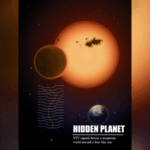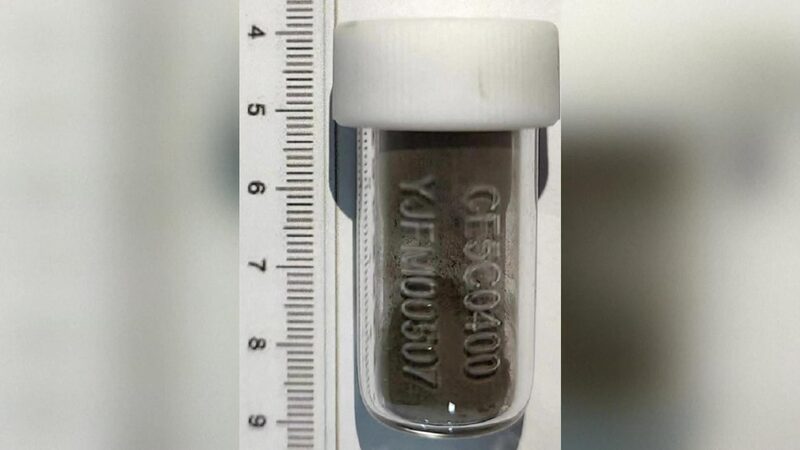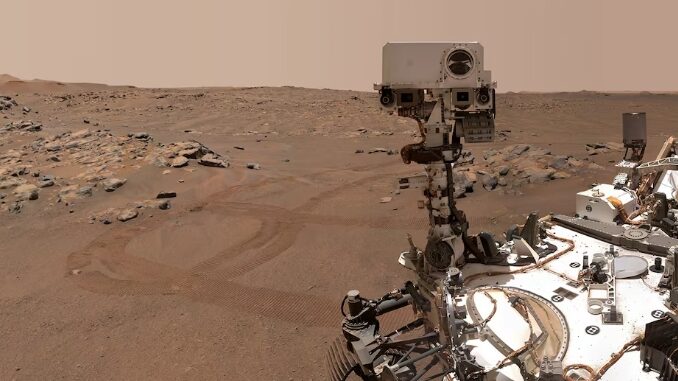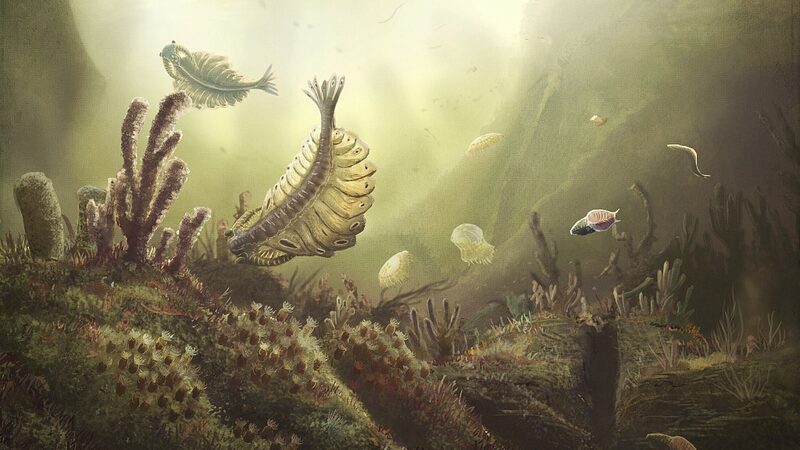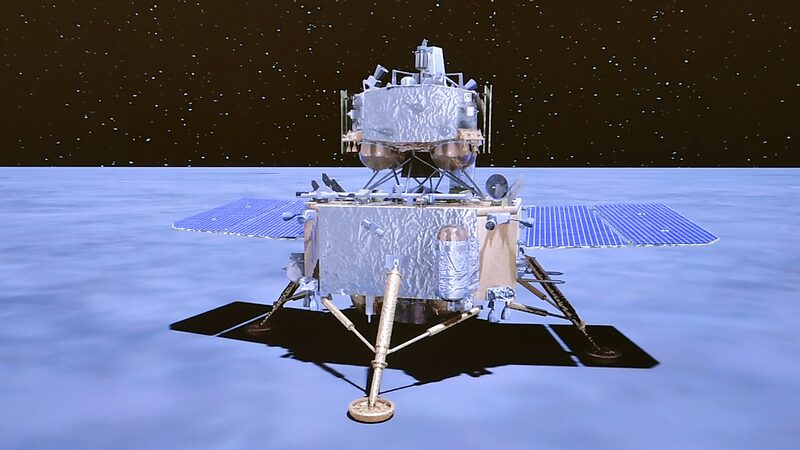Scientists have uncovered the oldest direct evidence of hot water activity on Mars, revealing that the Red Planet may have been habitable much earlier than previously thought.
A team of researchers from Curtin University analyzed a 4.45-billion-year-old zircon grain from the Martian meteorite NWA 7034, also known as “Black Beauty,” which was discovered in the Sahara Desert in 2011. Their findings, published in Science Advances, indicate that Mars had hydrothermal systems during its early crustal formation, potentially capable of supporting life.
Using high-resolution microscopy and nanoscale geochemical analysis, the scientists identified chemical zoning patterns and magnetite inclusions within the zircon grain. These features are consistent with minerals formed in the presence of water-rich fluids, suggesting that Mars’ crust interacted with hydrous fluids during the Pre-Noachian period, over 4.1 billion years ago.
“Our research detected signs of hot water on Mars 4.45 billion years ago,” said Dr. Aaron Cavosie from Curtin University. “Despite the intense meteorite impacts during Mars’ early history, the presence of water could have created environments suitable for life.”
Hydrothermal systems, which involve the circulation of hot water through Earth’s crust, are known to provide heat and nutrients essential for life. The discovery of such systems on ancient Mars implies that the planet may have had conditions conducive to life much earlier than Earth.
The study also found that these hydrothermal systems were linked to strong remnant magnetization in the Martian crust, providing evidence of a geodynamo—a magnetic field generated by the planet’s core—during Mars’ early history. This magnetic field could have shielded the planet from harmful solar radiation, further enhancing its habitability.
The zircon grain’s characteristics resemble those of terrestrial zircons formed in watery environments, indicating that Mars’ crust hosted wet, dynamic conditions shortly after the planet’s formation. This discovery extends the evidence of water activity back to the planet’s primary crust formation, adding to previous observations of river-like landforms and clay minerals in the Noachian crust.
“These findings reshape our understanding of Mars’ early history,” Dr. Cavosie added. “They suggest that Mars had habitable conditions at a time when Earth was still forming, opening new avenues for the search for ancient life on the Red Planet.”
Reference(s):
Ancient evidence of hot water points to an early habitable Mars
cgtn.com
